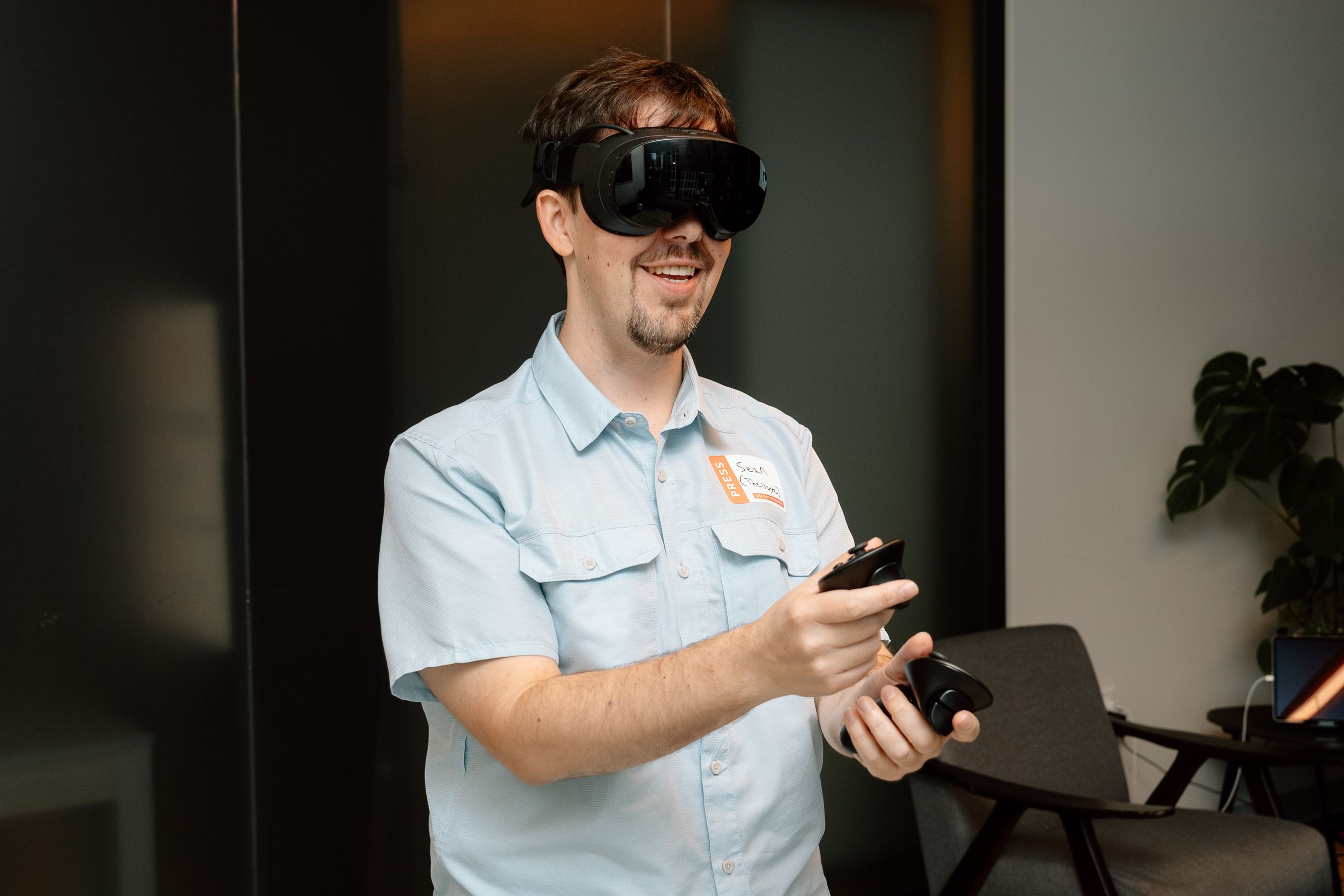Valve just dropped a bombshell that could reshape VR streaming across the industry. The company's breakthrough foveated streaming technology - which uses eye-tracking to deliver crystal-clear visuals where you're looking while conserving bandwidth elsewhere - won't be locked to its new Steam Frame headset. Any VR device with eye-tracking and Steam Link compatibility can tap into this game-changing feature.
Valve's Steam Frame just pulled off something that seemed impossible - making VR game streaming feel completely local. But here's the kicker: the company isn't keeping its secret sauce to itself.
The technology driving this magic is called foveated streaming, and it's deceptively clever. While your eyes naturally focus on a small area at any given moment, traditional VR streaming wastes bandwidth rendering your entire field of view at maximum quality. Valve's approach flips this on its head, using dual eye-tracking cameras to monitor exactly where you're looking and requesting high-resolution imagery only for that focal point.
"While it's currently optimized for the Steam Frame, foveated streaming can work with any headset that supports eye tracking and that is compatible with our Steam Link streaming app," Valve hardware engineer Jeremy Selan told The Verge.
This isn't just theoretical either. The tech has been battle-tested in real gaming scenarios, with Half-Life: Alyx running so smoothly through the Steam Frame's wireless connection that it's virtually indistinguishable from native processing. That's a massive leap forward for VR streaming, which has historically struggled with latency issues that break immersion.
The implications extend far beyond Valve's ecosystem. Eye-tracking VR headsets from other manufacturers could suddenly become viable streaming platforms, potentially breathing new life into devices that previously relied solely on local processing power. This could be particularly significant for mobile VR platforms that have been hamstrung by limited onboard computing.
But there's a catch - and it's a significant one. While the foveated streaming software will work across platforms, Valve's custom 6GHz wireless streaming adapter won't. "Supporting the wireless adapter is more difficult without lower-level OS support, as we have with SteamOS," Selan explained.
This hardware limitation means that while competing headsets can use the streaming technology, they'll need to rely on existing wireless solutions or wired connections. That's still a major win for the broader VR ecosystem, but it gives Valve's Steam Frame a distinct advantage in terms of wireless performance.




